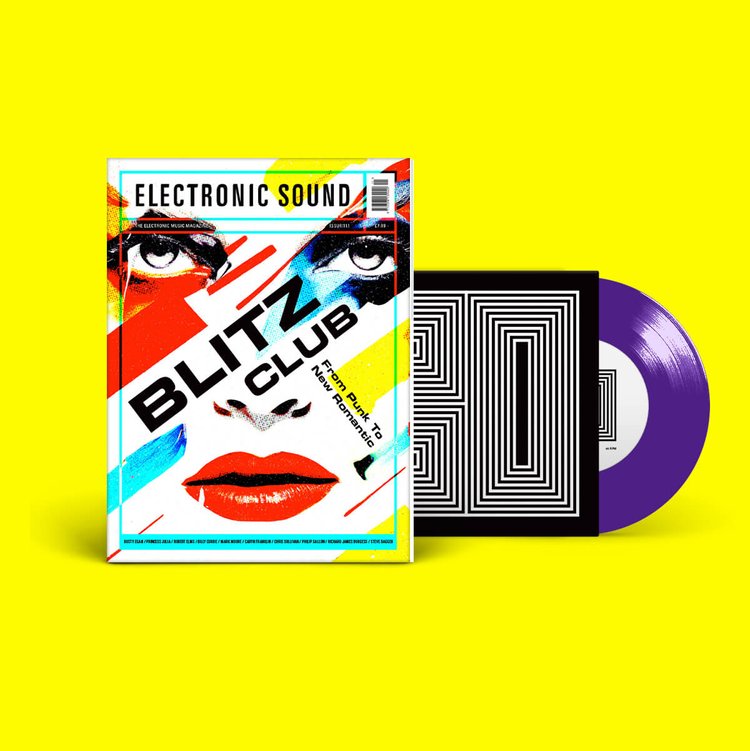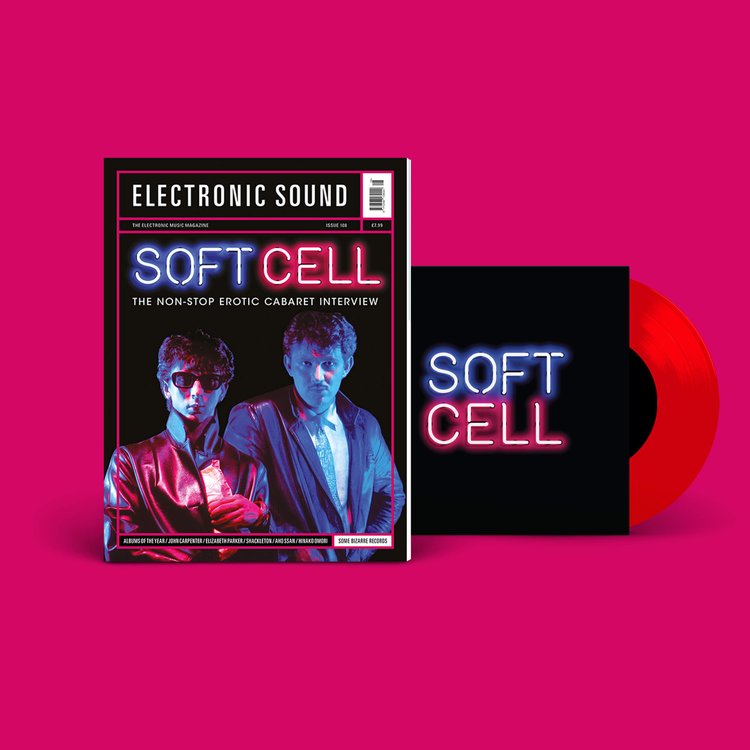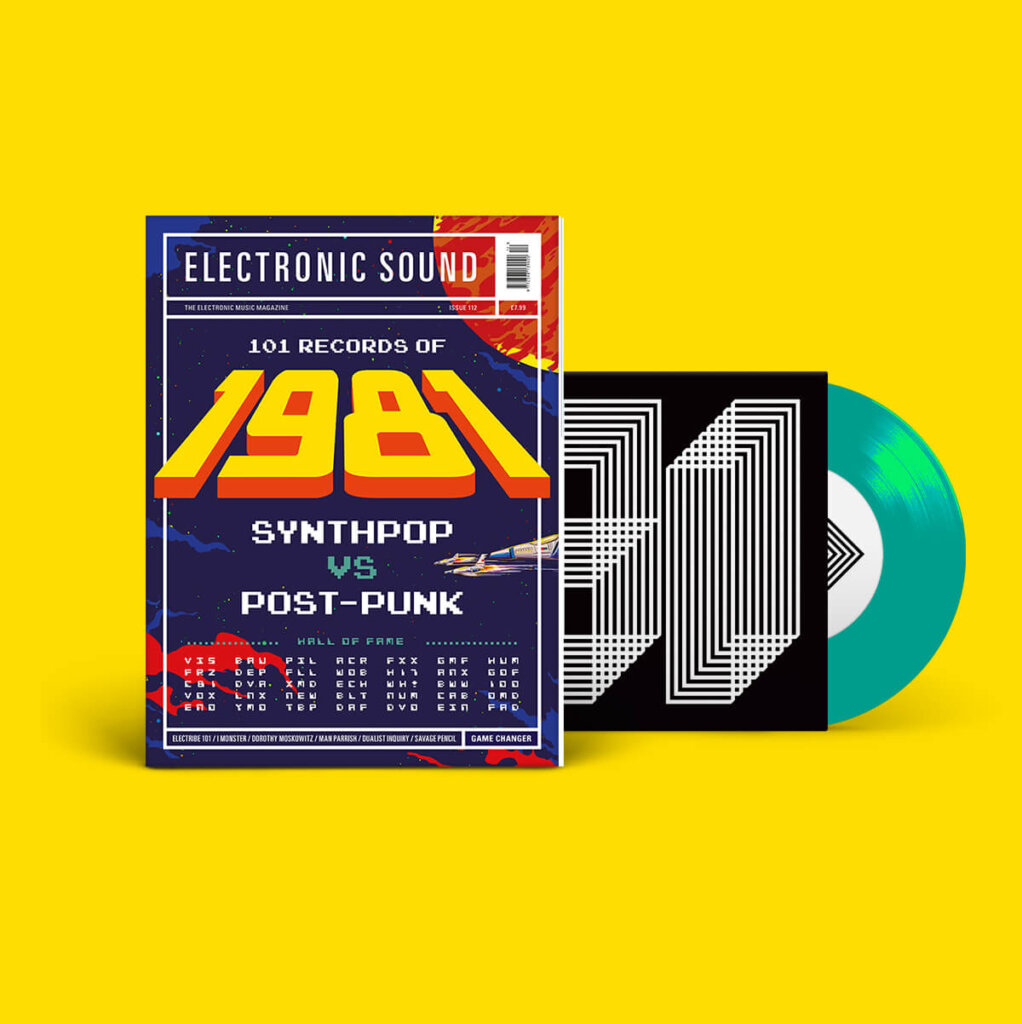Presented by The Radiophonic Institute and the Museum Of Sound, The Sound Of The Year Awards is an annual competition celebrating sonic life in its many forms from across the globe. We caught up with London-born, French-Spanish sound artist Lola De La Mata, joint winner of the Most Unpleasant Sound award, which recognises “A sound that has caused significant distress”

Hi Lola. Why is your recording called ‘Left Ear / Right Ear’?
“My submission deals with my experience of tinnitus and seeks to reach for something which rings to an audience of one, drawing it out from its isolation and sharing it with others to bring awareness of the condition. Recorded at the Hudspeth Laboratory of Sensory Neuroscience, we captured the sounds being produced and emitted by my cochleas, known as ‘spontaneous otoacoustic emissions’, which I perceive as my tinnitus. I’d like to thank specialist Brian Fabella and biophysicist AJ Hudspeth, who generously allowed me to borrow their equipment to make these recordings.”
What’s your background in music?
“I am a composer and sound artist. I work with dancers, theatre companies, filmmakers and other musicians who are open to improvisation and experimentation. Last month I released my debut album ‘Oceans On Azimuth’ which incorporates further collaborations with members of the Hudspeth Lab, glass, metal and ceramic instruments I designed, inspired by forms taken from the ear canal and cochlea, and poems which hover around the ear, tinnitus and my experiences with a chronically unwell body.
What is it about tinnitus that attracts you?
“Speaking openly about hearing loss, hearing difference, and tinnitus is still taboo amongst classical musicians and other areas of the music industry. Finding support for tinnitus specifically remains challenging as its standing definition considers it to be a phantom sound experienced by the brain, and not one which is being produced. It currently has no cure, but there exists therapies and new devices which look to train the brain to pay less attention to the sounds. My diverging experience of tinnitus and vertigo is surely not an isolated case, and brings about questions around what we consider tinnitus to be and how discussing and sharing these invisible health conditions can bring about new hypotheses and artistic expressions as means of bringing about awareness, forming communities of support, and a more positive mindset towards those afflicted.”
Who or what inspires you?
“Some particularly important artists who come to mind are Susan Hiller and her anthropological approach to a sound practice. Eliane Radigue’s collaborative composer-performer dynamics. The sculpture sonore ‘Sonambient’ by Harry Bertoia, and the gravitational instruments Björk developed for her ‘Biophilia’ record. However, the most significant current inspiration comes from diving into Maryanne Amacher’s archive housed at the New York Public Library for Performing Arts.”
Where or what would you most like to record next?
“Maybe a dark space much like the cochlea… caves with bats? I can imagine seeking external architectures which mirror the two I hold on either side of my skull.”
Any parting words of wisdom for other sound artists?
“Be open to chance. Play. Respond to your environment… there is often a floating opinion that the body of the recordist should be absent from the sounds captured. Yet as recordists we already make many choices, such as when to start the recording, on which day, what time, for how long. We place, or perhaps impose a frame led by our listening, our intentions.”
To find out more about the Sound Of The Year Awards, go to soundoftheyearawards.com
Get the print magazine bundled with limited edition, exclusive vinyl releases








